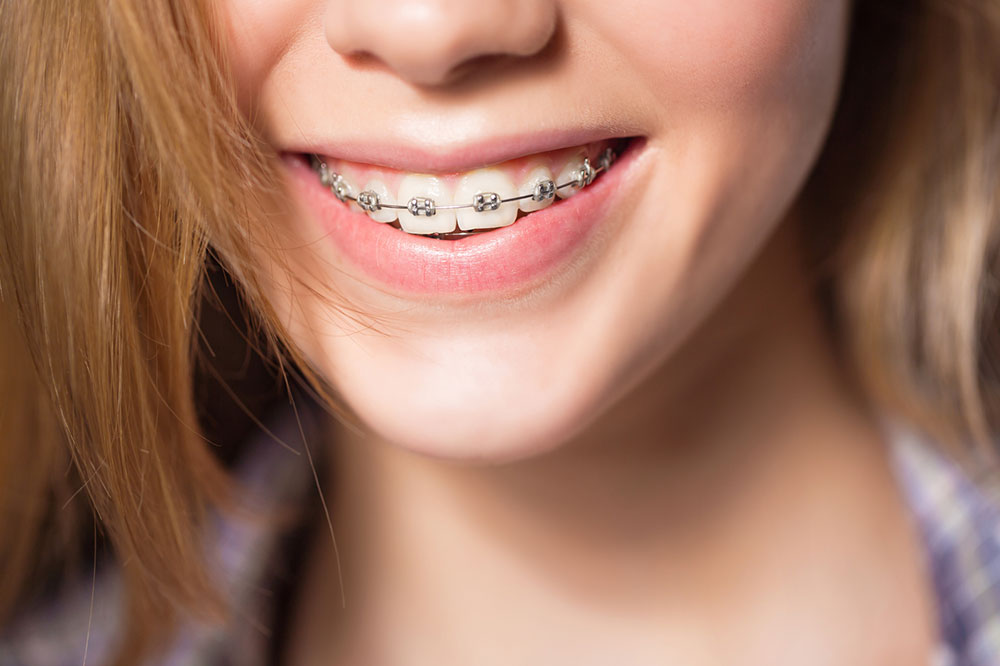4 common types of teeth braces for adults
Maintaining that pearly white smile is a hands-on task, and it does not stop at brushing, flossing, using a mouthwash, or regular dental checkups. For advanced teeth problems, even adults have to wear braces to correct the alignment. This is done to ensure no further health complications arise out of poor oral hygiene and care. In this article we will cover some of the most common and widely used teeth braces for men and women.

Traditional braces
Traditional teeth braces, made from high-grade stainless steel, come with individual mounting brackets, which can be affixed to a tooth using a safe adhesive. A thinner stainless steel wire is then strung around the brackets and tightened to pull the teeth in place. Any pressure created by the arch of the wire slowly moves the teeth back into its correct position. Note that depending on the teeth’s crookedness and extent of correction required, traditional braces can be adjusted and modified.
Lingual braces
Lingual teeth braces are quite similar to traditional metal braces in terms of use, except that the brackets are fixed inward and not necessarily visible. This makes the braces almost invisible, but they are less effective and cause the teeth to take more time to be correctly aligned.
Ceramic braces
The application and working mechanism of ceramic braces are no different from that of the traditional braces. However, instead of using stainless steel, clear ceramic material is used to manufacture the holding brackets. These braces are less visible than traditional braces and are a popular choice among adults who are more conscious about wearing braces. The downside to these braces is that the clear ceramic may become discolored in time and may also leave marks on the teeth.
Aligners
Aligners are better than both traditional and ceramic teeth braces but come at a premium cost. Aligners, made from a clear material, can be switched out every two weeks to adjust and accommodate the teeth’s alignment. They remain inside the mouth for a greater part of the day and should be removed only during eating and cleaning. However, with aligners, you will have to be more vigilant and adhere to a strict schedule of switching the old ones out for new aligners to move with the teeth’s alignment. Aligners can be worn up to 22 hours a day for the alignment to be effective.















